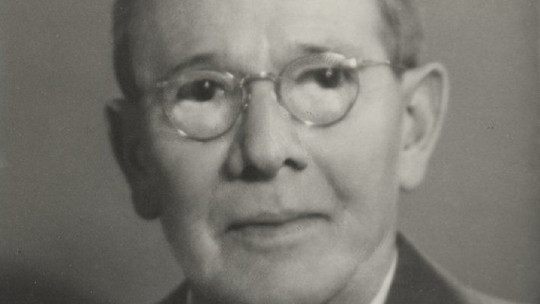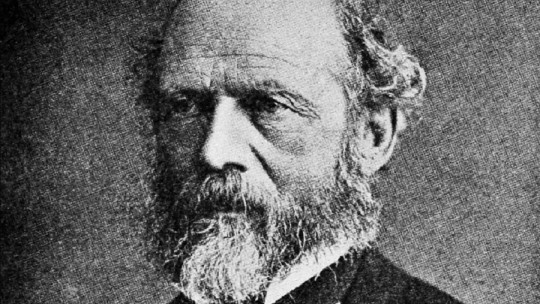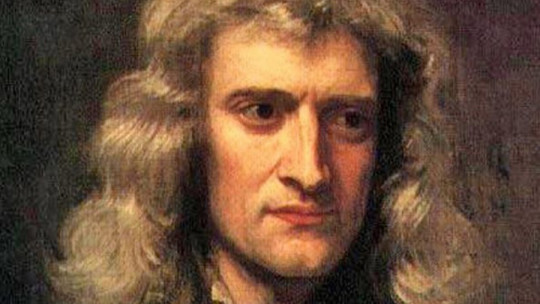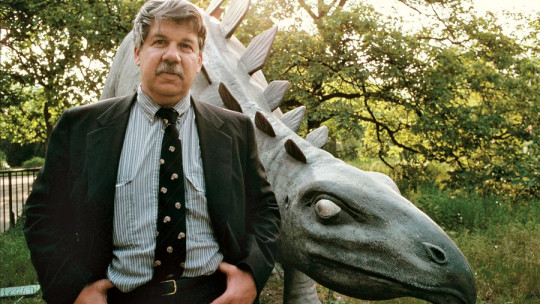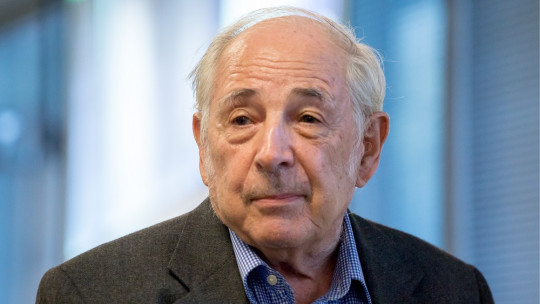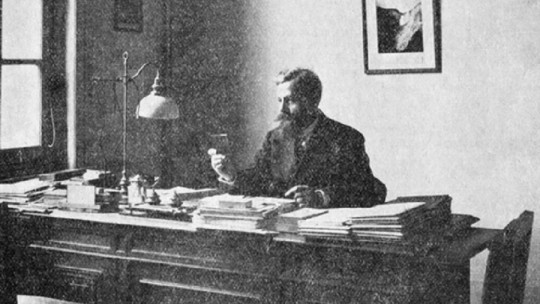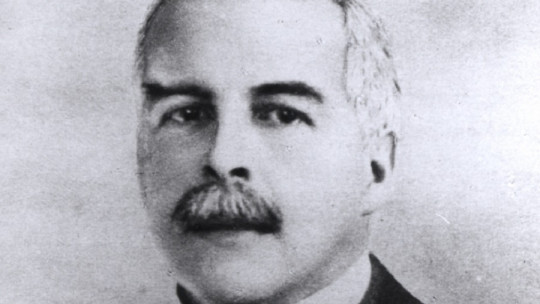
Gilbert Newton Lewis, an American, was one of the most influential physical chemists of the 20th century. This scientist developed most of his career as a professor and researcher at the University of California (Berkeley), having to take a break for a few years when he was recruited to help the US army during the First World War.
Among his many contributions to science, the Lewis structure or dot diagrams, the concept of covalent bond, coining the term photon, and his definition of acid and base stand out.
In this biography of Gilbert Newton Lewis we will review the life of this scientist and many of his contributions to the field of physics and chemistry will be highlighted.
Brief biography of Gilbert Newton Lewis
Gilbert Newton Lewis was born on October 23, 1875 in the American town of Weymouth (Massachusetts). His parents were called Mary Burr White Lewis and Frank Wesley Lewis, who were in charge of teaching classes at the family home and it was not until Newton Lewis was 10 years old that he began to go to a public school.
Academic training
In 1884 Newton Lewis, along with his family, had to move to Lincoln (Nebraska), and At just 13 years old, he was admitted to the University of Nebraska High School thanks to his good academic performance.
After finishing high school, Lewis considered the possibility of studying economics; However, he ended up choosing to study physics and chemistry, being admitted in 1893 to the prestigious Harvard University, and where he graduated three years later. After graduation he worked as a teacher at a private school called Phillps Academy, located in the town of Andover (Massachussets).
In 1898, Lewis returned to Harvard University for graduate study leading to a master’s degree. He completed his postgraduate degree by presenting a thesis titled “The electron and a molecule.” The following year he managed to obtain a doctorate from the same university with his thesis titled “Some electrochemical and thermochemical reactions of zinc and cadmium amalgams.”
After graduating from Harvard: training in Germany
After earning his doctorate from Harvard University, Lewis obtained a position at the same university for one year. One year later, He managed to obtain a scholarship that allowed him to travel to Europe to continue his learning with important European physicists and chemists beginning with his trip to Germany in 1889 to learn from Wilhelm Ostwald Leipzig and also at the University of Göttingen (Germany).
After his trip through Europe, Lewis was offered a job for the government of the Philippine Islands, where he worked for a time. During that stage he dedicated part of his work to conducting research on the decomposition of silver oxide, publishing an article about said research, which was titled “Hydration in solution.” .
Return to the United States
In 1899, Lewis was called to the professorship of chemistry at Harvard University, where he would hold the position until 1906.
The year after leaving his job as a professor and researcher at Harvard University, Lewis was offered the opportunity to work at the Massachusetts Institute of Technology, a job he accepted and held until 1912, the year in which he He married Mary Hinckley Sheldon, with whom he had 3 children: Margery, Edward and Richard Lewis.
During this period, Lewis published a series of papers that were seminal in his field: “Outlines of a New System of Thermodynamic Chemistry” and “The Free Energy of Chemical Substances,” which became the core of a series of later papers on of experimental determinations of free energies.
In 1908, Lewis published his first research on the theory of relativity in parallel with Albert Einstein according to sources, where he presents the hypothesis about the link discovered between energy and mass, although in a different direction than that used by Einstein in his research.
Furthermore, during that period he was admitted to the select group of chemists who meteorically promoted the field of physics and chemistry research in the United States. This period was very marked by intense work in the scientific field, both theoretically and experimentally, which he continued throughout his career. The work of physicochemists of this era allowed us to lay the foundations for numerous fields of research that are widely recognized today by chemists and physicists from all over the world.
Career at the University of California
After concluding his professional career at the Massachusetts Institute of Technology, Lewis was hired to work as a chemistry professor at the University of California, located in the city of Berkeley.
After having worked as a professor at this institution for a period, Lewis He became the dean of the Faculty of Chemistry and also of the Department of Chemistry of the same university an institution that was in full expansion at that time and part of the credit was due to the great work carried out by Lewis, as well as the fruit of the leadership of the president of the institution, Benjamin Ide Wheeler, thus converting the University of California into a of the most distinguished universities in the United States.
Furthermore, at the University of California, Lewis was provided with innovative facilities to carry out his duties as a researcher, from which he took full advantage. The first thing he did upon being named Dean was a departmental rejuvenation, recruiting young researchers who, under Lewis’ leadership, together achieved fruitful research work. Another of the innovations that Lewis made was to remove hierarchical positions within his department, so that everyone was professors within the same rank, as well as researchers.
Since there was no hierarchy, Lewis allowed freedom of expression within the faculty that gave rise to diversity of opinion which results in a debate in which each and every one of the members, including the students, could argue their conclusions about any topic that came up.
It is said that in the faculty they became like the classical Athenians, so that they were continually debating and sharing the ideas that came to their minds in relation to the topics that were being discussed, under the motto that the entire department Together it was more than the sum of its individual members.

In the US Army during World War I
In 1914, despite the outbreak of World War I, Lewis continued his work, and in 1917, He was recruited to help in the United States Army, eventually obtaining a command position in the Defense Division in the Chemical Warfare Service carrying out extensive work, thanks to which the army of his country was able to considerably reduce the number of casualties compared to the years before its incorporation due to the use of gas by the armies of the enemy side.
Lewis helped the US army achieve great efficiency when it came to protecting its soldiers against this gas with which countries on the enemy side fought.
Continuing with research in Physics and Chemistry
After the war ended, Lewis He was decorated for his help to his country’s army with the highest honors Back in California, she began working as an assistant to Merle Randall in his research on the treatise on thermodynamics.
In 1923, both published their great work, entitled “Thermodynamics and the free energy of chemical substances” which represented all the work he had been researching since 1899.
Last years and death
In 1926, he was recognized for having coined the term “photon” to refer to the smallest unit of radiant energy and, seven years later, He was the first chemist to produce a pure sample of deuterium oxide (heavy water). He also managed to examine several properties of nucleons from the acceleration of neutrons in Ernest Lawrence’s cyclotron.
In 1946, Lewis died of cardiac arrest while doing research in his laboratory at the University of California.
- Related article: “The 4 main types of science (and their fields of research)”
Gilbert Newton Lewis’s most relevant contributions to science
Throughout his extensive career as a researcher, Lewis made relevant discoveries thanks to which He was nominated for the Nobel Prize in Chemistry, although he never won it Among his many contributions to science, we will highlight the following.
1. The Lewis structure or dot diagrams
It is possibly the most important contribution to science by Gilbert Newton Lewis, being developed in order to use various methods to represent the structure of a molecule.
This scientist devised the hypothesis that atoms were able to hold themselves together by comparing pairs of electrons Based on this he developed the symbolism of the structures.
The bond theory that was developed based on Lewis’ theory helped group all types of chemical bonds into the same concept.
2. Covalent bond
The covalent bond, conceptualized by Lewin is the constitution of two atoms united so that a stable octet is formed, while sharing the electrons of the last level, with the exception of hydrogen, which is capable of achieving stability by having two electrons.
3. Photon
As mentioned above, Lewin coined the concept of photon to name the smallest unit of light energy which is capable of transmitting all possible forms of electromagnetic radiation, such as x-rays, gamma rays, infrared, microwaves, ultraviolet rays, etc.

